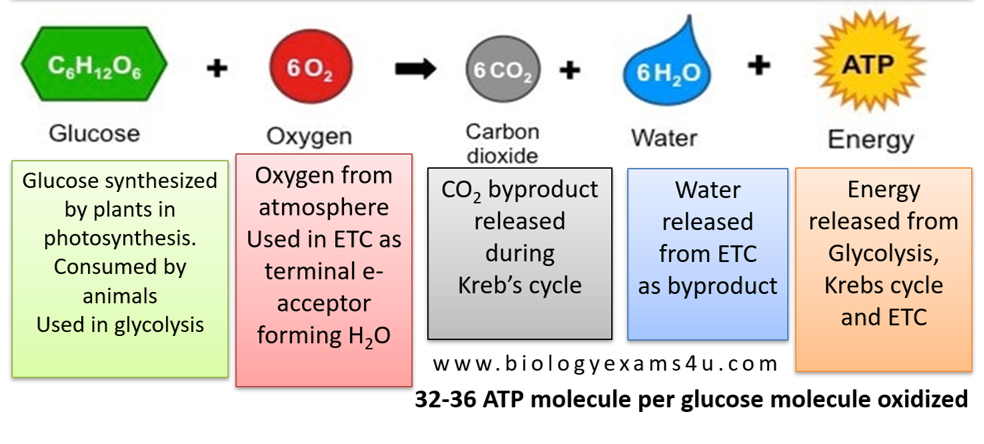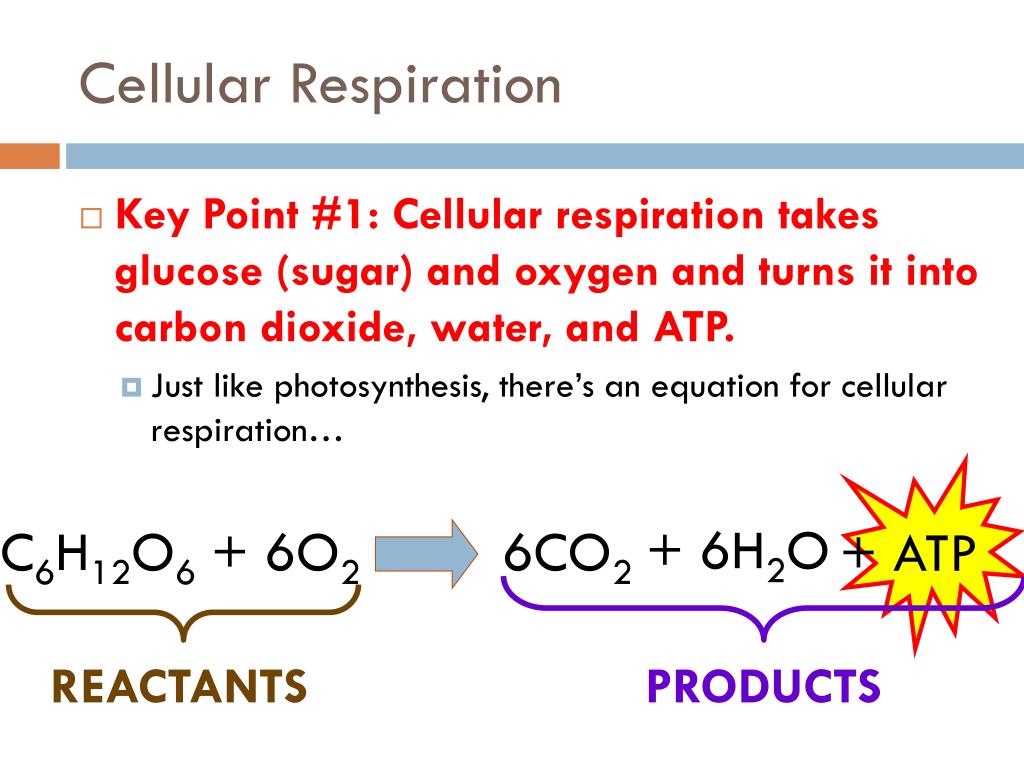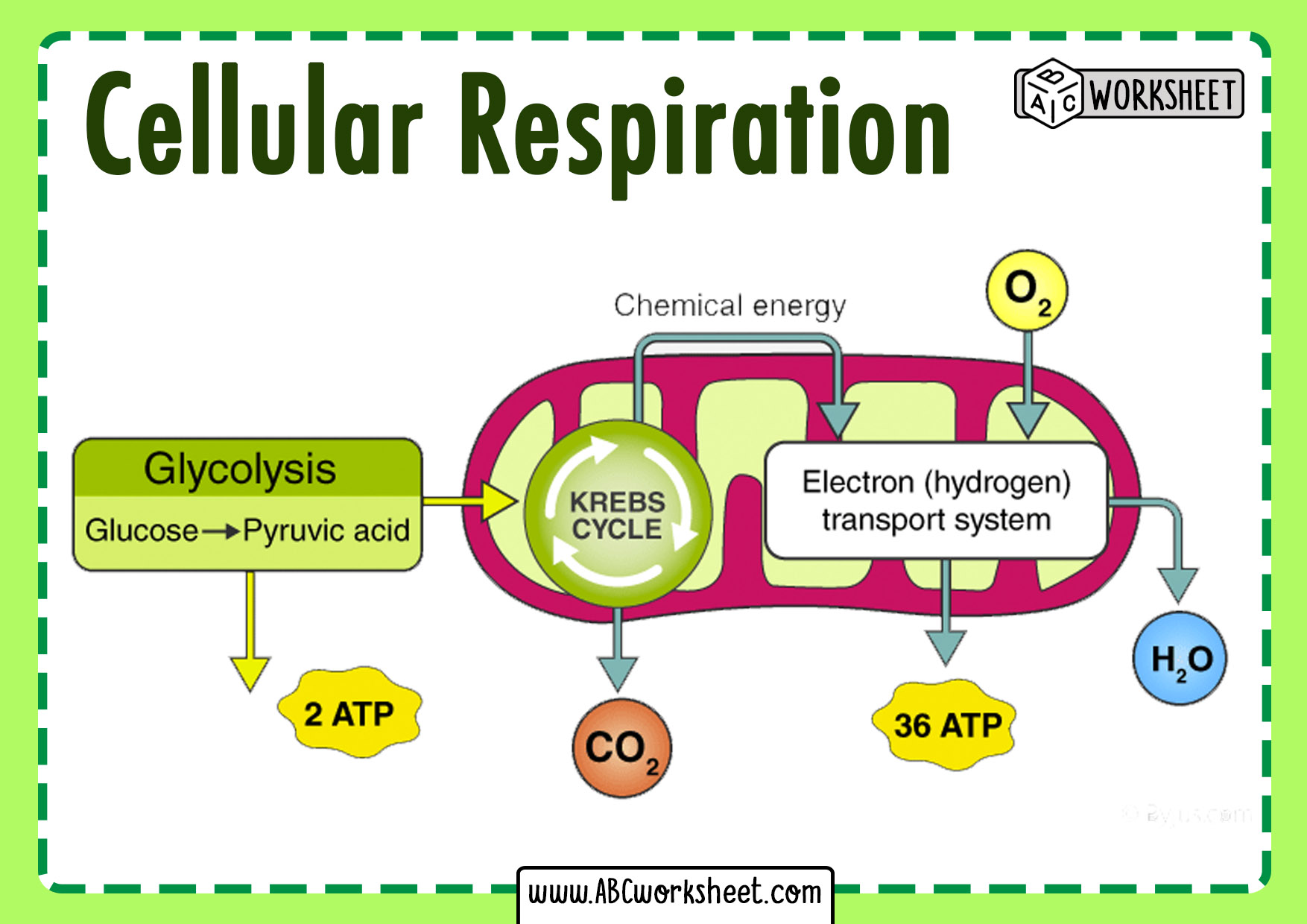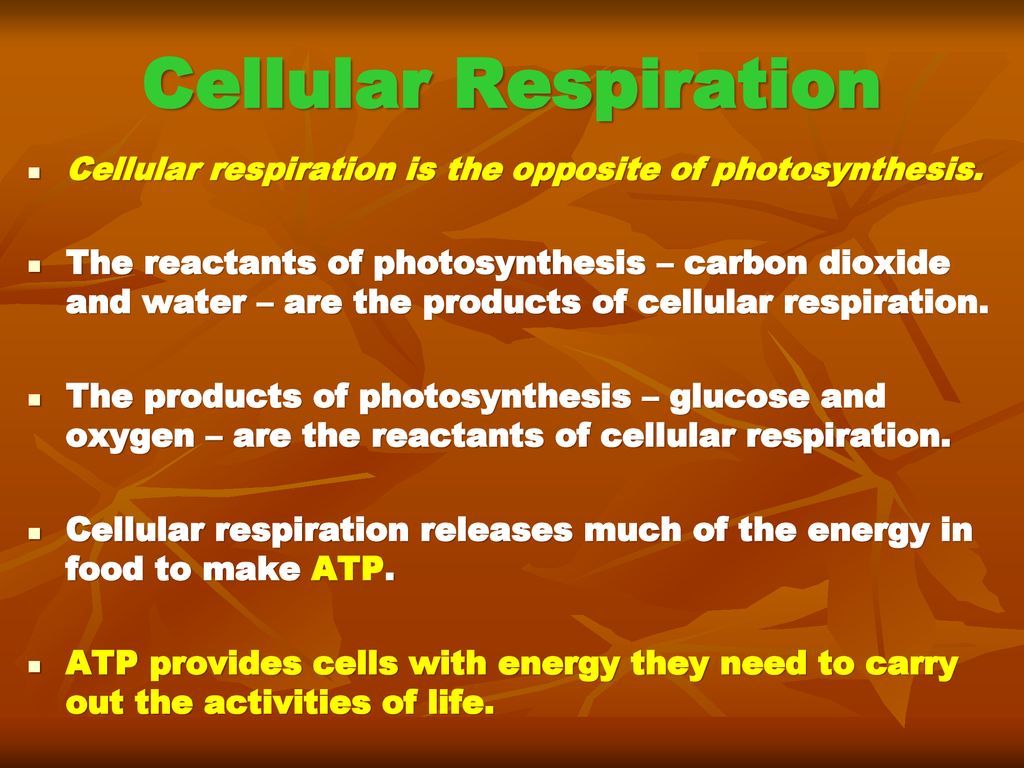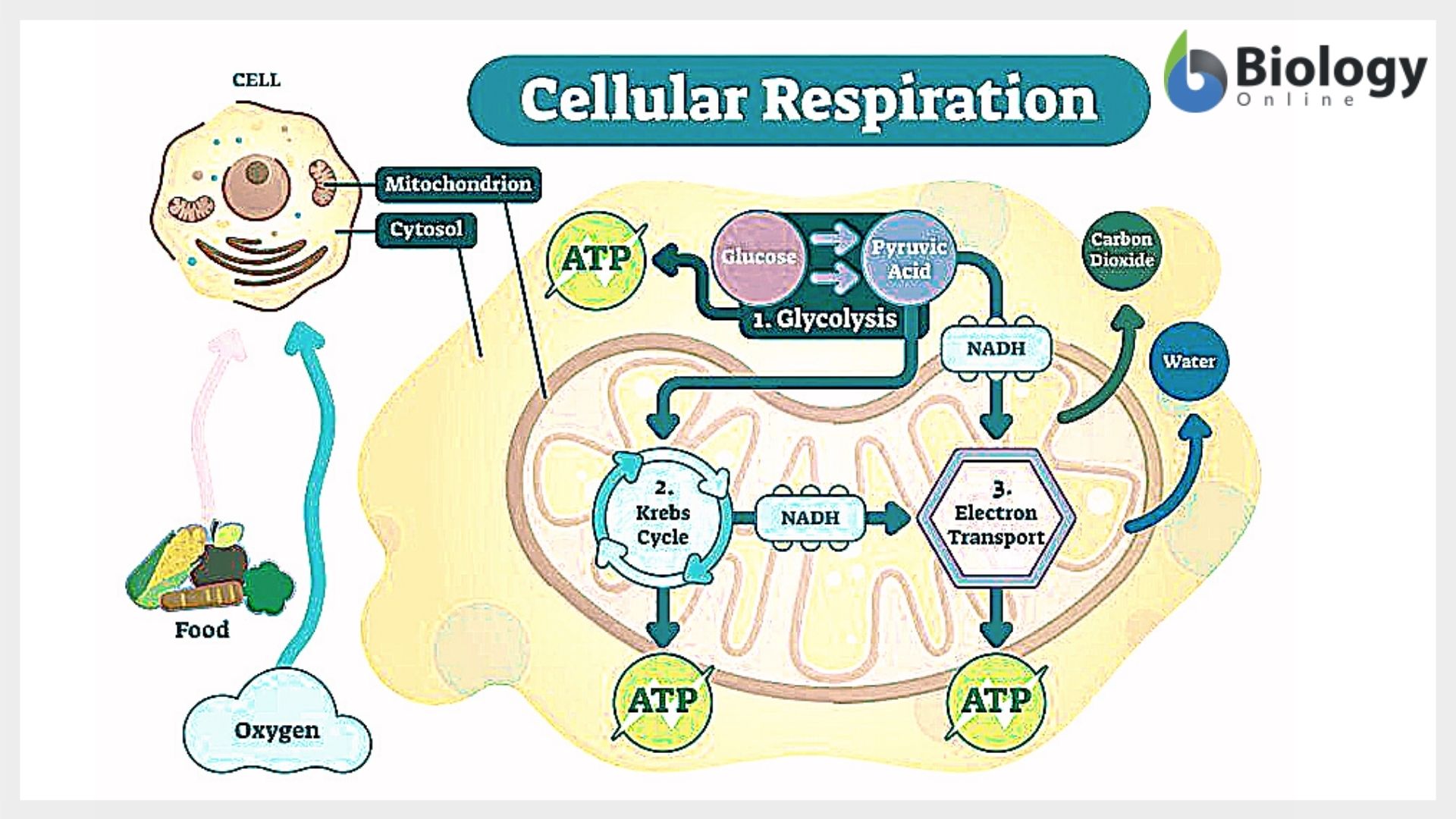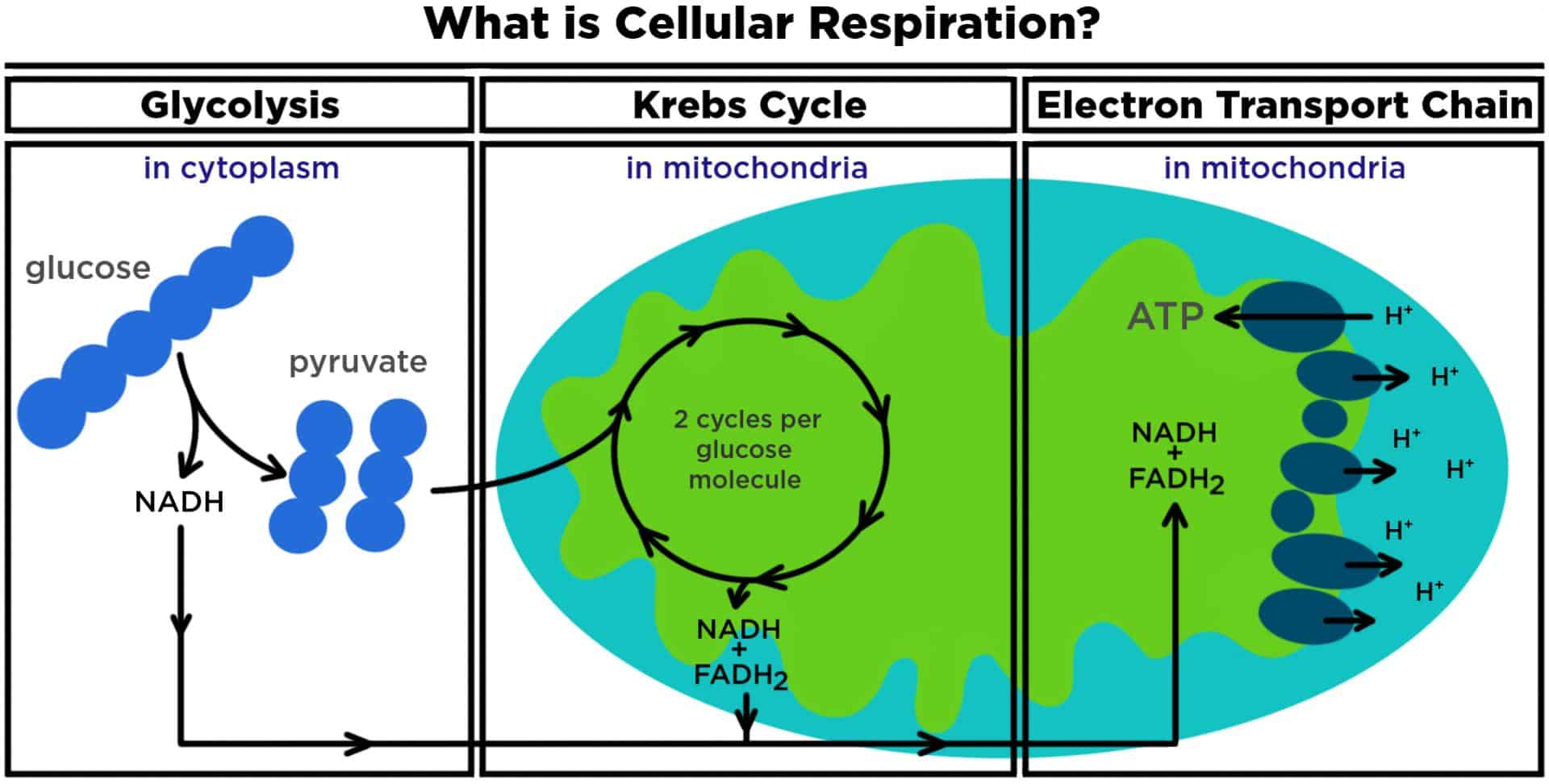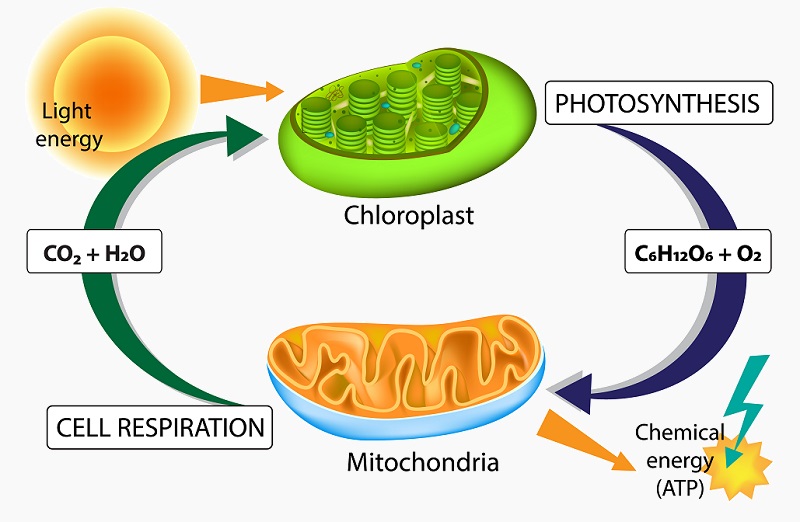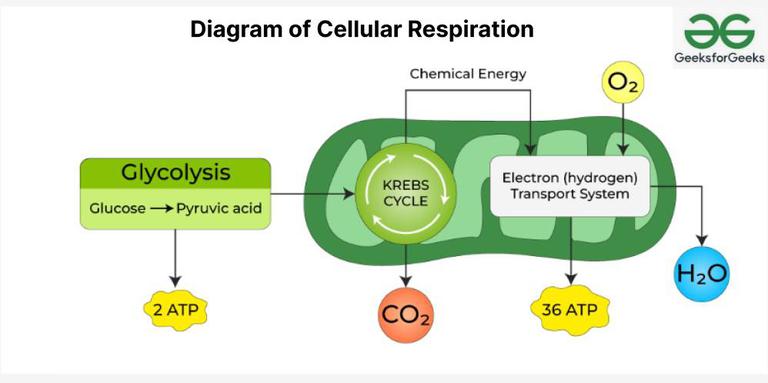Is Water A Product Of Cellular Respiration
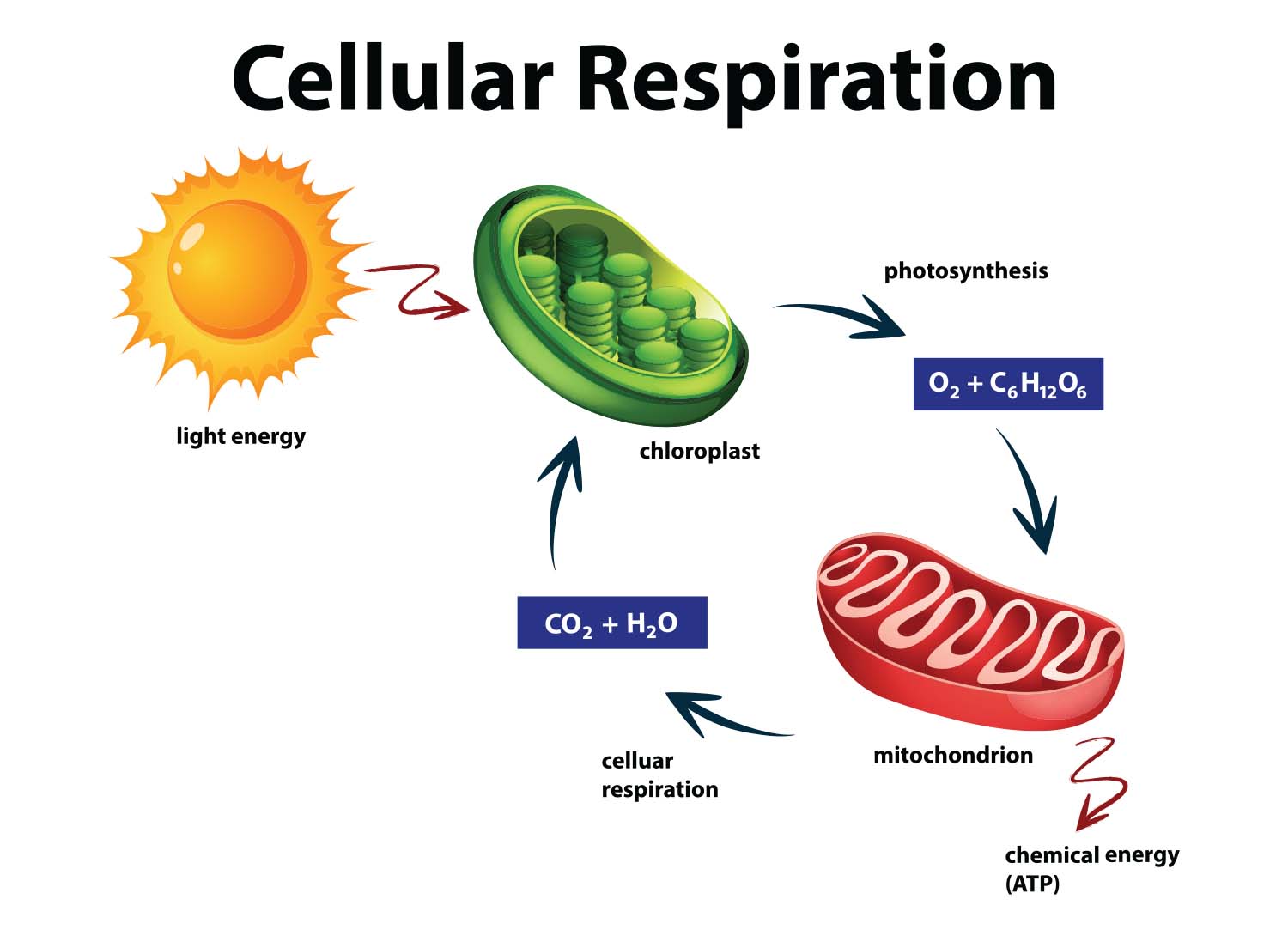
For decades, biology textbooks have presented a seemingly simple equation: cellular respiration, the process that fuels life, produces water as a byproduct. But is this universally accepted fact truly as straightforward as it appears? Recent discussions among biochemists and educators suggest a need for nuanced understanding and a re-evaluation of how this critical process is taught.
This article delves into the complexities surrounding the role of water in cellular respiration. We explore the nuances of its production, its significance, and the ongoing dialogue within the scientific community.
Cellular Respiration: A Closer Look
Cellular respiration is the metabolic pathway by which cells break down glucose and other fuel molecules to generate energy in the form of ATP (adenosine triphosphate). This intricate process involves a series of biochemical reactions occurring within the cell's mitochondria. The simplified equation often presented is: C6H12O6 + 6O2 → 6CO2 + 6H2O + Energy (ATP).
The key components are glucose (the fuel), oxygen (the electron acceptor), carbon dioxide (a waste product), water (another product), and energy (ATP).
Where Does the Water Come From?
The majority of water production during cellular respiration occurs in the electron transport chain (ETC). Here, electrons are passed down a series of protein complexes, ultimately reducing oxygen to form water. This reduction occurs at the final protein complex, cytochrome oxidase.
As electrons move through the ETC, protons (H+) are pumped across the inner mitochondrial membrane, creating an electrochemical gradient. This gradient then drives the synthesis of ATP, with the byproduct being the formation of water.
It's important to note that water is also used in earlier stages of cellular respiration. For example, water is involved in the hydrolysis reactions during glycolysis and the citric acid cycle.
The Nuance: Net Water Production
While the overall equation shows water as a product, the reality is slightly more complex. Some water molecules are consumed during the initial stages of cellular respiration.
The term *net* water production emphasizes that more water is produced in the ETC than consumed in the earlier stages. Thus, cellular respiration leads to a net gain of water.
Dr. Emily Carter, a professor of biochemistry at Stanford University, emphasizes this distinction. "It's crucial to understand that the equation represents the overall balance. Water is both used and produced, but the final outcome is a net increase in water."
Why This Matters
Understanding the precise role of water in cellular respiration is not merely an academic exercise. It has implications for understanding various biological processes.
For example, it is vital for understanding how organisms maintain water balance. In arid environments, some organisms rely on metabolic water produced during cellular respiration to meet their needs.
The metabolic water produced by the camel helps it survive for days without access to regular water intake. It also helps scientists develop a deeper understanding of energy production, and the intricacies of metabolic pathways within living organisms.
Implications for Education
Many educators are now advocating for a more detailed explanation of cellular respiration in textbooks and classrooms. This involves explaining the net production of water, and the roles it plays throughout the process.
Some educators are using interactive simulations and visualizations to demonstrate the flow of water molecules. These tools illustrate where water is consumed and produced in different stages of cellular respiration.
National Science Teachers Association (NSTA) is developing new resources for teachers that emphasize the nuanced roles of water. They encourage teachers to go beyond the simplified equation and delve into the complex chemical reactions.
Conclusion
While the fundamental principle of cellular respiration producing water remains valid, a deeper understanding of the process reveals its complexity. Water is both a reactant and a product, but the net effect is water production, primarily in the electron transport chain.
By acknowledging these nuances, scientists and educators can foster a more accurate and comprehensive understanding of this vital biological process.
This refined understanding has the potential to impact various fields. From understanding animal adaptation to developing more effective pedagogical tools, a complete picture of cellular respiration is invaluable.




